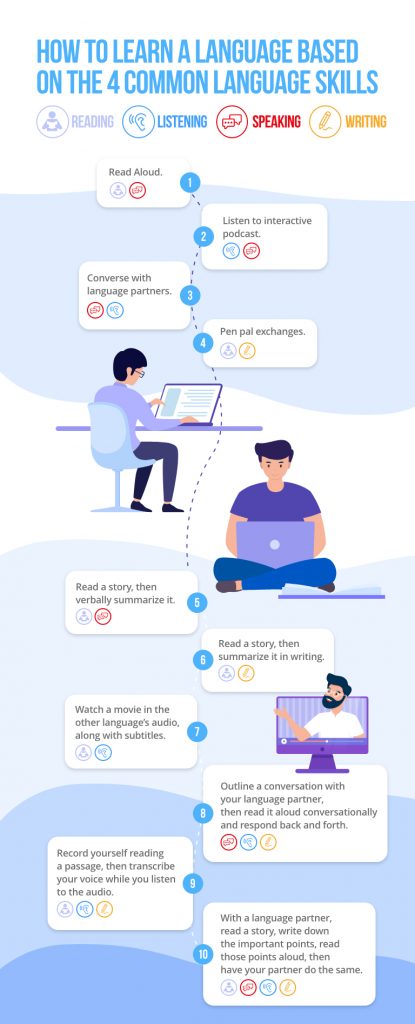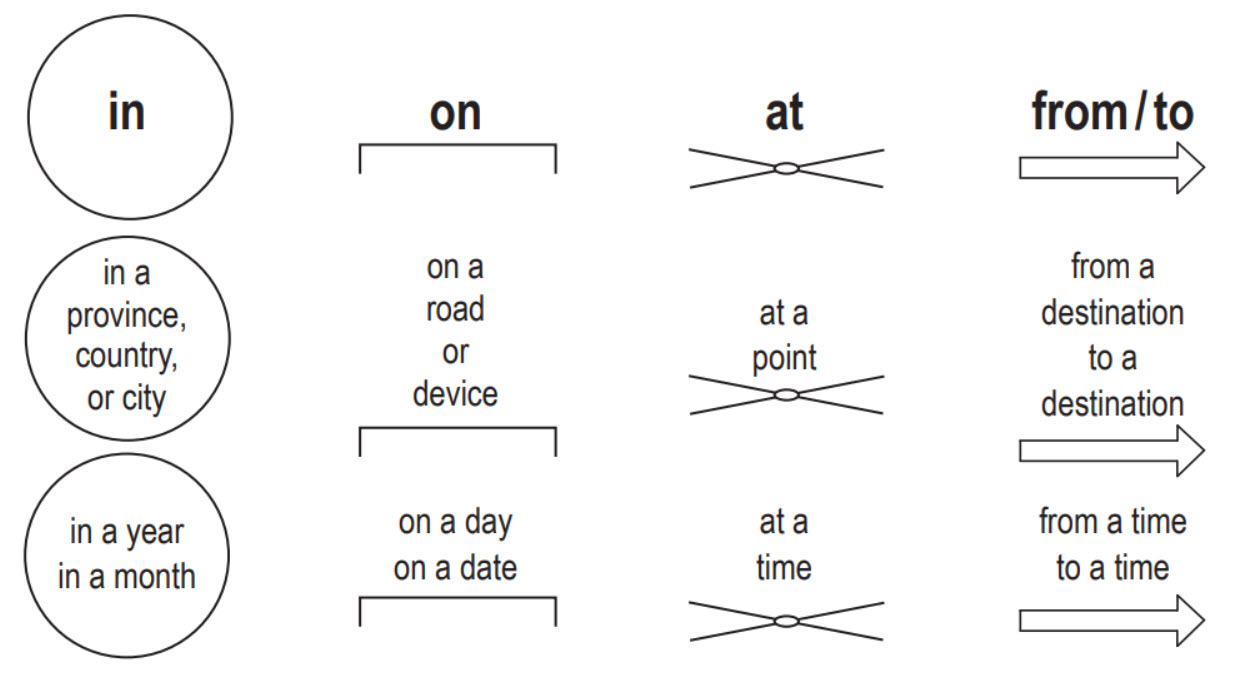
Do you have difficulty with English prepositions? Prepositions can be difficult to learn, especially when they are used differently in your first language. For example, the preposition “at” works and sounds like the preposition “à” in French sentences like this: Je
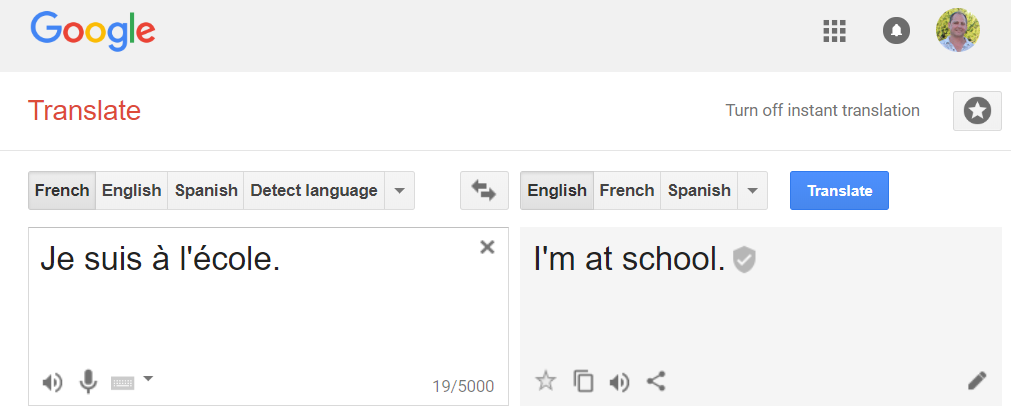
But in other contexts, you cannot translate “à” as “at.” For example, French speakers sometimes mistranslate “J’habite à Montréal” as “I live at Montreal.” This is incorrect. When a single preposition in your first language requires two different prepositions in your second language, learning where and when to use each preposition can be difficult.
Incorrect: I live at Montreal.
Correct: I live in Montreal.
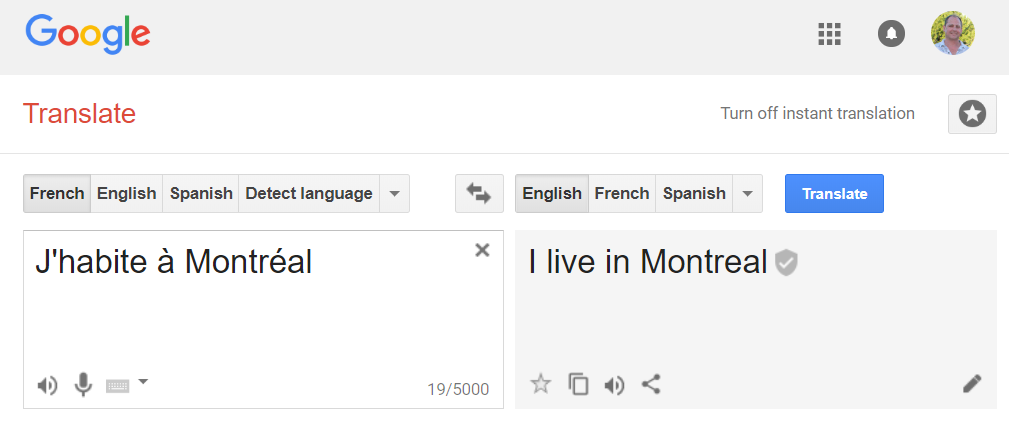
When your first language is an unreliable guide for using English prepositions, it would be good to have a few simple rules that are easy to remember. It is for this reason that I have created a visual guide to English prepositions. Each preposition below has a simple illustration of the rule, with examples.
In a circle or in a square
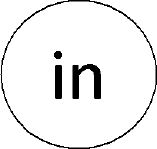
Rule: Use in for things that are contained by borders or limits: cities, provinces, states, countries, and continents.
Example: I live in Montreal. Montreal is in Quebec. Quebec is in Canada.
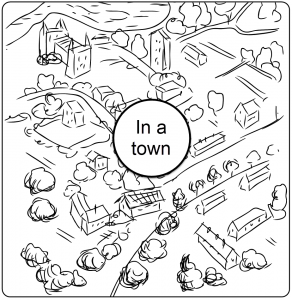
Calendars are usually squares or rectangles, so it is not difficult to imagine a month as having limits and borders. Months begin on the first and end 28 to 31 days later. Years begin on January 1st and end on December 31st. Anything that happens within those limits requires the preposition “in.”
Rule: Use in for months and years.
Example: Obama was born in 1961. He was born in August.
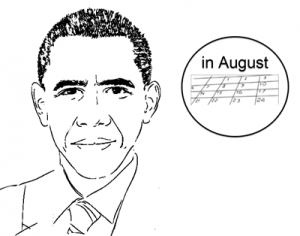
In the morning and in the afternoon
Sometimes, a diagram won’t help. The preposition has to be learned as a collocation (words that go together). “In the morning” and “in the evening” are good examples. It is difficult to represent mornings and afternoons as having limits visually in a circle or square, so I can’t help you with a diagram. Instead, you must memorize “in the morning” and “in the afternoon.” Try saying these prepositional phrases to yourself five times each. Use the 5-finger drill.
Rule: Use in for morning and afternoon.
Example: Goodbye. I will see you in the morning.
Exception: Use “on the morning of” + a date.
Example: I will be busy on the morning of the 15th.

On a line or on a surface

Rule: Use on for tables and walls, etc.
Example: Put your coffee cup on the table and help me hang another picture on the wall.

Rule: Use on for roads, boulevards, streets, highways, etc.
Example: I live on Peel Street and ride home on the bike path.
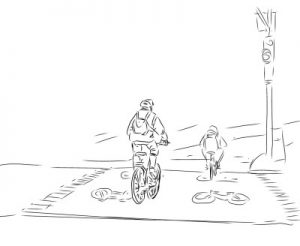
Rule: Use on for electronic devices, etc.
Example: Call me on the phone so that I can tell you about a great movie I saw on TV last night.

Rule: Use on for days and dates.
Example: Melanie usually stayed home on Saturdays, but on September 24th she went out and had an adventure.
At a particular point in time or at a particular place

Rule: Use at with street numbers.
Example: I live at 2350 Acacia Road.
Rule: Use at with specific locations.
Example: I’m at home. Where are you? Are you at work?

Rule: Use at for precise times.
Example: I wake up at 6:30 in the morning, leave home at 7:30, and then arrive at work at 8:00 AM.
Example: My train arrives at 3:14.
From a starting point to the end
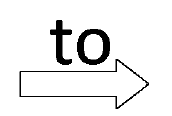
Rule: Use from and to to express start and end points of a trip.
Example: We drove from Montreal to Toronto without stopping.
Example: The dance class was moved from the second floor to the third floor.
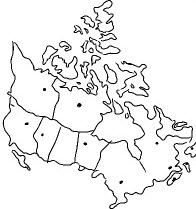
about a change in position
Rule: Use from and
Example: Our offices are open from 9 to 5 every day.
Example: I lived in Toronto from 2011 to 2013.
Learning Language Based on 4 Common Language Skills
Here is an infographic with advice on using the four communication skills to learn new language fast.
